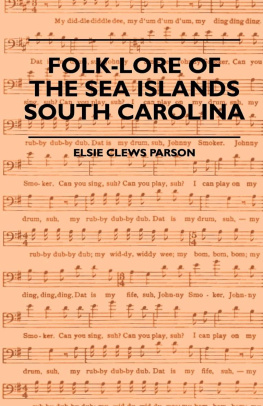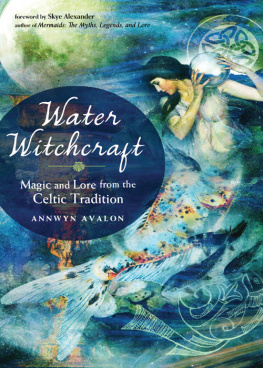William Charles Griggs - Shan Folk Lore Stories from the Hill and Water Country
Here you can read online William Charles Griggs - Shan Folk Lore Stories from the Hill and Water Country full text of the book (entire story) in english for free. Download pdf and epub, get meaning, cover and reviews about this ebook. year: 2011, publisher: VolumesOfValue, genre: Art. Description of the work, (preface) as well as reviews are available. Best literature library LitArk.com created for fans of good reading and offers a wide selection of genres:
Romance novel
Science fiction
Adventure
Detective
Science
History
Home and family
Prose
Art
Politics
Computer
Non-fiction
Religion
Business
Children
Humor
Choose a favorite category and find really read worthwhile books. Enjoy immersion in the world of imagination, feel the emotions of the characters or learn something new for yourself, make an fascinating discovery.

- Book:Shan Folk Lore Stories from the Hill and Water Country
- Author:
- Publisher:VolumesOfValue
- Genre:
- Year:2011
- Rating:3 / 5
- Favourites:Add to favourites
- Your mark:
- 60
- 1
- 2
- 3
- 4
- 5
Shan Folk Lore Stories from the Hill and Water Country: summary, description and annotation
We offer to read an annotation, description, summary or preface (depends on what the author of the book "Shan Folk Lore Stories from the Hill and Water Country" wrote himself). If you haven't found the necessary information about the book — write in the comments, we will try to find it.
Shan Folk Lore Stories from the Hill and Water Country — read online for free the complete book (whole text) full work
Below is the text of the book, divided by pages. System saving the place of the last page read, allows you to conveniently read the book "Shan Folk Lore Stories from the Hill and Water Country" online for free, without having to search again every time where you left off. Put a bookmark, and you can go to the page where you finished reading at any time.
Font size:
Interval:
Bookmark:

WILLIAM C. GRIGGS, M. D.
Shan Missionary, the greatest authority upon
Shan literature, and the translator of the
Bible into that language, this
little book is dedicated by
THE AUTHOR
Bhamo, Burma, 1902.
| A Laung Khit |
| How Boh Han Me Got his Title |
| The Two Chinamen |
| The Story of the Princess Nang Kam Ung |
| How the Hare Deceived the Tiger |
| The Story of the Tortoise |
| The Sparrow's Wonderful Brood |
| How the World was Created |
| How the King of Pagan Caught the Thief |
| "Each year at the Feast of Lights ... she prayed" |
| "The man standing at the top of the tree was the long-lost brother" |
| "Again the cunning hare deceived the tiger" |
| "'I am nothing but a tortoise swimming in the lake'" |
| "On his way he saw what seemed to be a bed of flowers" |
Font size:
Interval:
Bookmark:
Similar books «Shan Folk Lore Stories from the Hill and Water Country»
Look at similar books to Shan Folk Lore Stories from the Hill and Water Country. We have selected literature similar in name and meaning in the hope of providing readers with more options to find new, interesting, not yet read works.
Discussion, reviews of the book Shan Folk Lore Stories from the Hill and Water Country and just readers' own opinions. Leave your comments, write what you think about the work, its meaning or the main characters. Specify what exactly you liked and what you didn't like, and why you think so.




